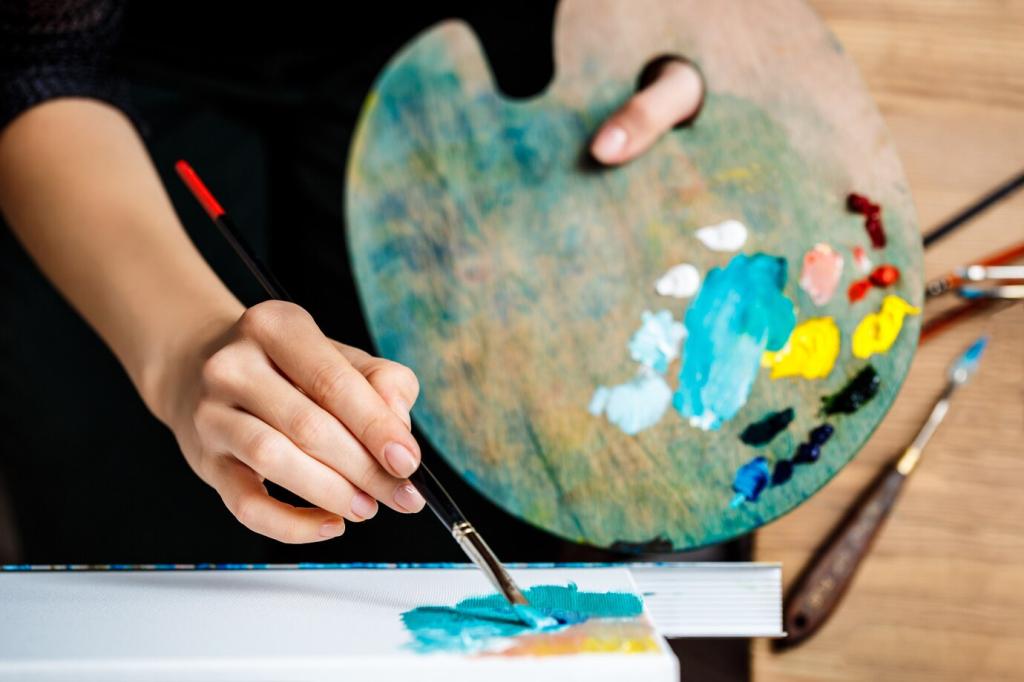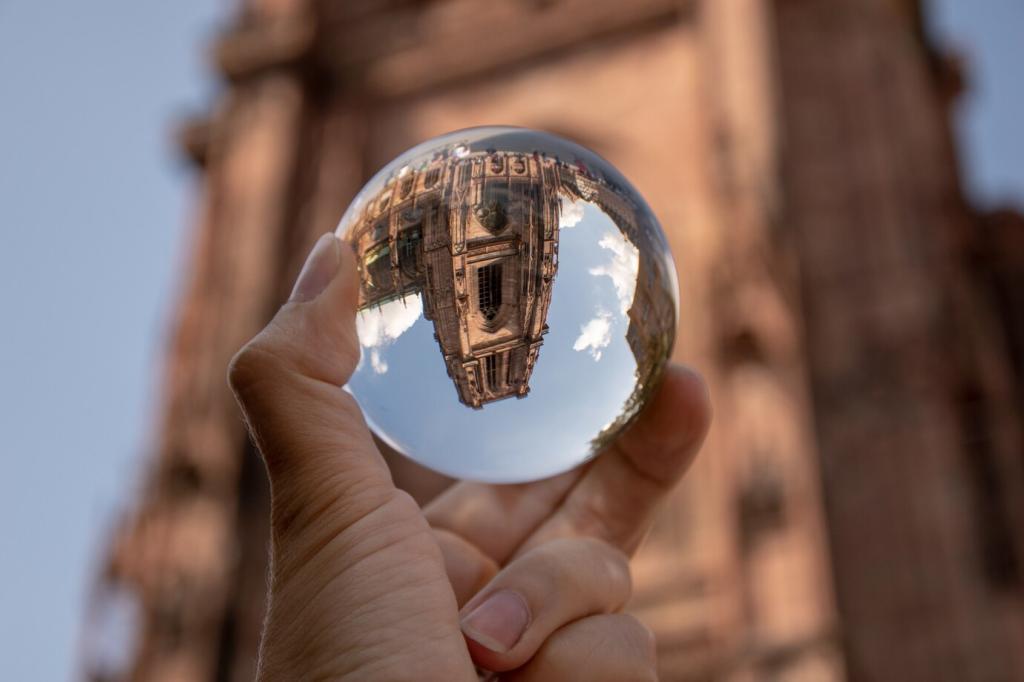Inclusive Process and Ethics
We begin with community consent, knowledge carriers, and fair compensation. References are contextualized, not copied. Documentation credits sources, and maintenance plans preserve both material integrity and the stories embedded in each detail.
Inclusive Process and Ethics
In a coastal town, we rebuilt a storm-battered waterfront using basket patterns suggested by local weavers. Workshops shaped seating heights, fish-cleaning stations, and shade sails, proving expertise lives in everyday hands and intergenerational memory.
Inclusive Process and Ethics
Tell us which cultural art elements you want explored next—textiles, calligraphy, carving, or folklore installations. Comment below, subscribe for field notes, and join our quarterly virtual studio walks to see sketches become places.
Inclusive Process and Ethics
Lorem ipsum dolor sit amet, consectetur adipiscing elit. Ut elit tellus, luctus nec ullamcorper mattis, pulvinar dapibus leo.



